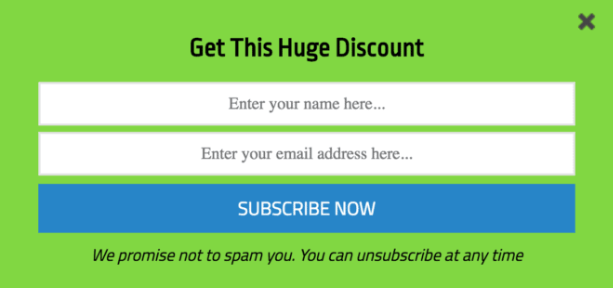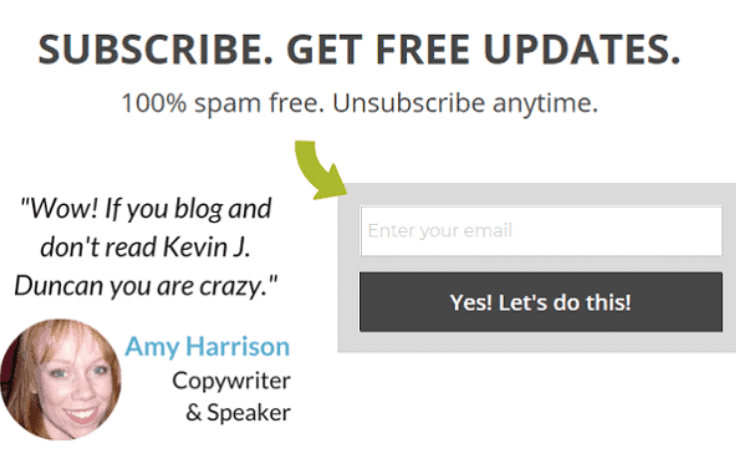- Startup Stoic
- Posts
- What Makes People Click? Behavioral Triggers That Boost Signup Rates
What Makes People Click? Behavioral Triggers That Boost Signup Rates
Growth Psychology | Conversion Strategy
Why do users click “Sign up” on one landing page but bounce from another—even if both offer the same value?
The answer lies not in better features or fancier design, but in behavioral psychology—those invisible nudges that steer human decisions. Startups often pour time and money into growth campaigns without understanding why people convert.
In today’s issue, we explore 7 behavioral triggers that fuel conversions—and how you can ethically bake them into your marketing. These aren’t hacks. They’re principles based on how humans think, fear, trust, and act.
Find your customers on Roku this Black Friday
As with any digital ad campaign, the important thing is to reach streaming audiences who will convert. To that end, Roku’s self-service Ads Manager stands ready with powerful segmentation and targeting options. After all, you know your customers, and we know our streaming audience.
Worried it’s too late to spin up new Black Friday creative? With Roku Ads Manager, you can easily import and augment existing creative assets from your social channels. We also have AI-assisted upscaling, so every ad is primed for CTV.
Once you’ve done this, then you can easily set up A/B tests to flight different creative variants and Black Friday offers. If you’re a Shopify brand, you can even run shoppable ads directly on-screen so viewers can purchase with just a click of their Roku remote.
Bonus: we’re gifting you $5K in ad credits when you spend your first $5K on Roku Ads Manager. Just sign up and use code GET5K. Terms apply.
1. Cognitive Ease: Clarity Converts
The brain avoids hard work. When a user sees a messy or overloaded page, they exit—not because they don’t care, but because it feels mentally expensive.
How to use it:
Use short, plain language. Avoid jargon.
Highlight 1 action per screen (e.g., “Sign up free” or “Start your trial”).
Reduce visual noise—limit choices and remove distractions.
When your copy and layout feel easy to digest, users feel safe clicking.
2. FOMO: Fear of Missing Out
FOMO is real—and powerful. People don’t just want good things; they fear missing them.
How to use it:
Add social proof like “1,200+ startups already use us.”
Use time-limited offers: “Only 2 days left to get 40% off.”
Show availability counters: “Only 3 beta spots left.”

Urgency FOMO
Urgency and scarcity light up the action center of the brain.
Users look to others—especially peers—for guidance when making decisions. If others are signing up, it must be worth it.
How to use it:
Show testimonials with real names/photos.
Mention brands using your product.
Highlight usage stats: “Trusted by 10,000+ developers.”

Influencer Testimonials
We trust people more than promises.
4. Loss Aversion: Highlight What They Lose by Not Acting
Behavioral economist Daniel Kahneman found that people fear loss twice as much as they value gain.
How to use it:
Instead of saying “Save $200/year,” reframe it as:
“Stop losing $200/year on tools you don’t need.”
Also, show what they miss by not signing up.
“Without [Tool], you’re flying blind.”
“Competitors are already automating this.”
Avoiding pain is a bigger motivator than seeking pleasure.
5. Commitment & Consistency: Make It Easy to Say Yes
The smaller the first step, the higher the chance of long-term engagement. It’s the “foot-in-the-door” effect.
How to use it:
Offer a quick win: “Try without login” or “Get free PDF instantly.”
Use multi-step onboarding: start with 1-click signup, ask more later.
Once users start, they tend to stay consistent with their initial commitment.
6. Curiosity Gaps: Give Just Enough to Tempt
Our brains hate incomplete information. If you give just a glimpse of something useful or exciting, users feel compelled to know more.
How to use it:
“See what your competitors are doing differently.”
“This 10-minute checklist helped a founder cut churn by 30%.”
Blur part of a feature until signup: “Unlock full analytics.”
Curiosity is a conversion trigger in disguise.
7. Framing & Priming: Guide the Mind
How you present a choice can shape how users perceive it.
Example:
“Get Started for Free” performs better than “Create Account”
A $19 plan feels affordable when next to a $99 premium plan
How to use it:
Use decoy pricing to highlight your ideal plan.
Start with a positive emotion: “Love simple marketing? You’re in the right place.”
The brain doesn’t judge in a vacuum—it compares and frames everything.
Final Thought: Make It Human
Behind every click is a person. Behavioral triggers aren’t shortcuts—they’re cues that build relevance, trust, and momentum. When aligned ethically, they help users take action that already benefits them.
Startups don’t need more traffic. They need more traction.
Understand behavior first, and the clicks will follow.
Latest Startup News And Updates
Until next timeCalifornia Forever, a "Utopian" city, has announced a massive tech industrial park. Link
Hadrian raises $260 million to construct automated manufacturing for defence and space components. Link
Boulevard raises $80 million to fuel the increase in self-care brought on by the rise in GLP-1 and Botox. Link
Until next time
— Team Starup Stoic

